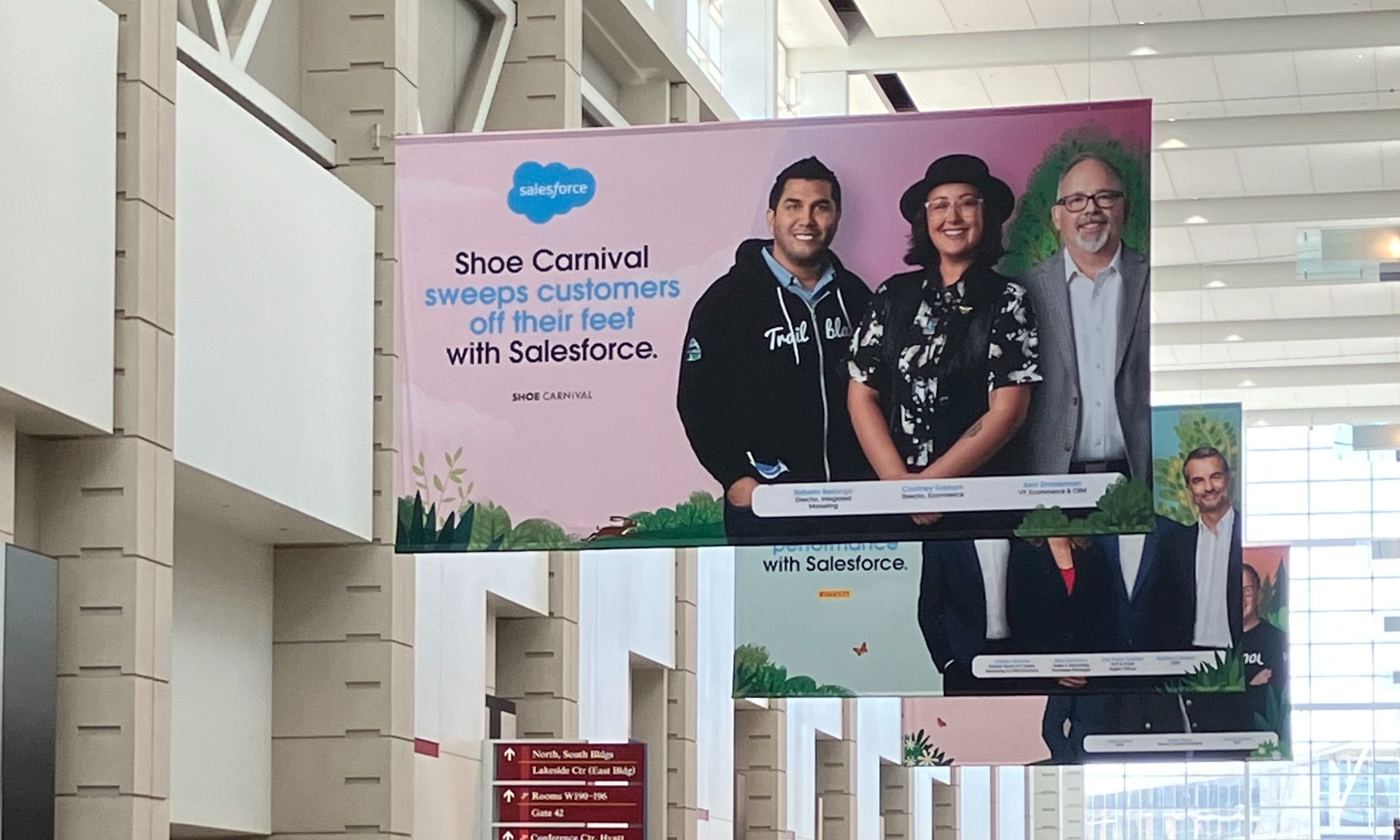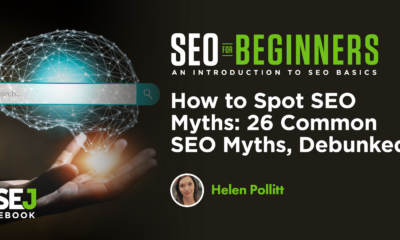MARKETING
5-Step Process and Best Practices

Peter Drucker once described customers as the “most important stakeholders.” While this may be true, your customers are dependent on one thing.
No, it’s not your product (though that’s definitely important). It’s actually your employees. Without your employees, products won’t get made, customers won’t learn about those products, and there will be no one there to sell or deliver those products, or provide customer service to them after they’ve purchased.
While your customers may be your most important stakeholders, in a business or organization, your employees are your biggest asset. Their performance, mindset, attitude, and loyalty can make or break your company’s performance and determine whether or not you will have any customers to sell to.
Because of this, you will want to ensure that your employees are meeting expectations, and improving in necessary areas. Performance management aims to foster the best possible employees so your organization can thrive well into the future.
What is performance management?
Performance management is a process that allows managers to assess their employees’ work and support of business objectives. The goal of performance management is to track and improve the skills employees need to perform their necessary job duties.
Elements of performance management include giving performance appraisals, utilizing key performance indicators (KPIs) and management dashboards, peer review, 360-degree feedback (multiple individuals from managers to subordinates assist), and the use of employee management software.
A similar term, performance appraisal, also focuses on goals and self-improvement, but is focused on the individual and does not take the strategic goals of the organization into account.
Performance management is not only important to the organization, it’s essential for the individual as many growth opportunities including bonuses, promotions, and ultimately dismissals, are tied to this process.
Effective Performance Management
Effective performance management will look different depending on your specific industry and your organizational goals. However, there are two approaches you can take to get started.
Behavioral Approach
This works well when your employees work (and achieve) as part of a team and measuring individual results is difficult to do. In this approach, you evaluate your employees based on their behaviors and effort. Feedback looks like identifying current behaviors, communicating desired future behaviors, and providing training or coaching to bridge the gap between where they are and where you would like them to be.
Results-oriented Approach
This approach is ideal when performance metrics are easy to quantify such as meeting a sales quota, clocking billable hours, or reaching certain call statistics. In this approach, you focus on the quality and quantity of the end result.
Performance Management Process
A performance management plan consists of a five-step process. Let’s take a closer look at the five steps.

1. Plan
While employees’ goals and responsibilities are outlined in the job description when they come on board, it’s essential to review this information with them regularly. Clearly set and communicated goals will help your employees understand what is expected of them and when they are falling behind.
2. Monitor
Management should be monitoring their employees’ performance continuously. If you only check in once or twice a year, a slight veer off the prescribed path could have lasting impacts on one’s performance. That’s why staying in constant communication with your employees, and keeping an open environment for feedback is essential all year long.
3. Develop
If you have identified areas of improvement for your employee, you can work with them to provide training, mentoring, educational courses, or other materials that can help them get back on track or fill any skill gaps.
4. Rate
Without a rating scale, it can be difficult to recognize whether employees are improving from their development plan. Additionally, with a rating scale that is communicated to employees, they know where they currently stand, and what is needed to move them to the next level of performance.
5. Reward
While every step of the process is necessary, the reward may be the most important. Positively reinforce employees who are hitting their goals or working towards them. Recognize them for their hard work and for striving to be better and do better for the organization.
This can be in the form of bonuses, thank you cards with token gifts, public recognition, or through an employee rewards program. It not only inspires the employee who is being recognized but motivates others who may need an extra incentive.
Remember that the performance management process is a cycle that must be continuously employed throughout an individual’s time at your organization.
You’re never “done” with performance management and this should be conveyed to your employees when they join the company, and then communicated to them throughout their employment. Without open communication throughout the process, employees may become complacent in their lackluster job performance or disengaged.
Performance Management Best Practices
This concept and process have been around for years and thankfully, there’s no need to reinvent the wheel. There are a number of performance management best practices that you can incorporate into your plan.
- Re-evaluate goals regularly. If there’s anything the COVID-19 pandemic has taught us, it’s that societal shifts can demand a new approach to business. Goals may need to change and clinging to old decisions in a new world could cause you to penalize (and lose) good employees.
- Employ SMART goals. In order to be achievable, goals must be clearly defined and communicated, and Specific, Measurable, Actionable, Relevant, and Time-bound. Employees will be more likely to achieve goals when they are properly crafted.
- Utilize the objectives and key results methodology. The OKR methodology can help your team set, communicate, and track organizational goals. This will foster accountability among your employees.
- Have performance conversations throughout the year. Performance management conversations should not reveal any surprising information to the employee or manager. Ideally, managers are having open conversations with their team members about performance throughout the year, and performance reviews should serve as a check-in documenting performance over a specified time period. When you communicate regularly with each of your employees, they learn to expect constructive feedback and look forward to these encounters.
- Standardize and automate your process. All employees should follow the same performance management process, and be held to an even standard. In addition to making the process fair, there comes a tipping point when you may have too many employees to manage throughout a continuous cycle, and having a set process and automated software solution to manage performance reviews can be a helpful asset.
While creating a performance management plan in your organization will take some time and effort, it’s a necessary process for a thriving organization. Knowing which employees are excelling in their roles and reaching (or exceeding) goals, which employees need more support is priceless information.
Source link
MARKETING
YouTube Ad Specs, Sizes, and Examples [2024 Update]
![YouTube Ad Specs, Sizes, and Examples [2024 Update] YouTube Ad Specs, Sizes, and Examples](https://articles.entireweb.com/wp-content/uploads/2024/06/YouTube-Ad-Specs-Sizes-and-Examples.jpg)
Introduction
With billions of users each month, YouTube is the world’s second largest search engine and top website for video content. This makes it a great place for advertising. To succeed, advertisers need to follow the correct YouTube ad specifications. These rules help your ad reach more viewers, increasing the chance of gaining new customers and boosting brand awareness.
Types of YouTube Ads
Video Ads
- Description: These play before, during, or after a YouTube video on computers or mobile devices.
- Types:
- In-stream ads: Can be skippable or non-skippable.
- Bumper ads: Non-skippable, short ads that play before, during, or after a video.
Display Ads
- Description: These appear in different spots on YouTube and usually use text or static images.
- Note: YouTube does not support display image ads directly on its app, but these can be targeted to YouTube.com through Google Display Network (GDN).
Companion Banners
- Description: Appears to the right of the YouTube player on desktop.
- Requirement: Must be purchased alongside In-stream ads, Bumper ads, or In-feed ads.
In-feed Ads
- Description: Resemble videos with images, headlines, and text. They link to a public or unlisted YouTube video.
Outstream Ads
- Description: Mobile-only video ads that play outside of YouTube, on websites and apps within the Google video partner network.
Masthead Ads
- Description: Premium, high-visibility banner ads displayed at the top of the YouTube homepage for both desktop and mobile users.
YouTube Ad Specs by Type
Skippable In-stream Video Ads
- Placement: Before, during, or after a YouTube video.
- Resolution:
- Horizontal: 1920 x 1080px
- Vertical: 1080 x 1920px
- Square: 1080 x 1080px
- Aspect Ratio:
- Horizontal: 16:9
- Vertical: 9:16
- Square: 1:1
- Length:
- Awareness: 15-20 seconds
- Consideration: 2-3 minutes
- Action: 15-20 seconds
Non-skippable In-stream Video Ads
- Description: Must be watched completely before the main video.
- Length: 15 seconds (or 20 seconds in certain markets).
- Resolution:
- Horizontal: 1920 x 1080px
- Vertical: 1080 x 1920px
- Square: 1080 x 1080px
- Aspect Ratio:
- Horizontal: 16:9
- Vertical: 9:16
- Square: 1:1
Bumper Ads
- Length: Maximum 6 seconds.
- File Format: MP4, Quicktime, AVI, ASF, Windows Media, or MPEG.
- Resolution:
- Horizontal: 640 x 360px
- Vertical: 480 x 360px
In-feed Ads
- Description: Show alongside YouTube content, like search results or the Home feed.
- Resolution:
- Horizontal: 1920 x 1080px
- Vertical: 1080 x 1920px
- Square: 1080 x 1080px
- Aspect Ratio:
- Horizontal: 16:9
- Square: 1:1
- Length:
- Awareness: 15-20 seconds
- Consideration: 2-3 minutes
- Headline/Description:
- Headline: Up to 2 lines, 40 characters per line
- Description: Up to 2 lines, 35 characters per line
Display Ads
- Description: Static images or animated media that appear on YouTube next to video suggestions, in search results, or on the homepage.
- Image Size: 300×60 pixels.
- File Type: GIF, JPG, PNG.
- File Size: Max 150KB.
- Max Animation Length: 30 seconds.
Outstream Ads
- Description: Mobile-only video ads that appear on websites and apps within the Google video partner network, not on YouTube itself.
- Logo Specs:
- Square: 1:1 (200 x 200px).
- File Type: JPG, GIF, PNG.
- Max Size: 200KB.
Masthead Ads
- Description: High-visibility ads at the top of the YouTube homepage.
- Resolution: 1920 x 1080 or higher.
- File Type: JPG or PNG (without transparency).
Conclusion
YouTube offers a variety of ad formats to reach audiences effectively in 2024. Whether you want to build brand awareness, drive conversions, or target specific demographics, YouTube provides a dynamic platform for your advertising needs. Always follow Google’s advertising policies and the technical ad specs to ensure your ads perform their best. Ready to start using YouTube ads? Contact us today to get started!
MARKETING
Why We Are Always ‘Clicking to Buy’, According to Psychologists

Amazon pillows.
MARKETING
A deeper dive into data, personalization and Copilots

Salesforce launched a collection of new, generative AI-related products at Connections in Chicago this week. They included new Einstein Copilots for marketers and merchants and Einstein Personalization.
To better understand, not only the potential impact of the new products, but the evolving Salesforce architecture, we sat down with Bobby Jania, CMO, Marketing Cloud.
Dig deeper: Salesforce piles on the Einstein Copilots
Salesforce’s evolving architecture
It’s hard to deny that Salesforce likes coming up with new names for platforms and products (what happened to Customer 360?) and this can sometimes make the observer wonder if something is brand new, or old but with a brand new name. In particular, what exactly is Einstein 1 and how is it related to Salesforce Data Cloud?
“Data Cloud is built on the Einstein 1 platform,” Jania explained. “The Einstein 1 platform is our entire Salesforce platform and that includes products like Sales Cloud, Service Cloud — that it includes the original idea of Salesforce not just being in the cloud, but being multi-tenancy.”
Data Cloud — not an acquisition, of course — was built natively on that platform. It was the first product built on Hyperforce, Salesforce’s new cloud infrastructure architecture. “Since Data Cloud was on what we now call the Einstein 1 platform from Day One, it has always natively connected to, and been able to read anything in Sales Cloud, Service Cloud [and so on]. On top of that, we can now bring in, not only structured but unstructured data.”
That’s a significant progression from the position, several years ago, when Salesforce had stitched together a platform around various acquisitions (ExactTarget, for example) that didn’t necessarily talk to each other.
“At times, what we would do is have a kind of behind-the-scenes flow where data from one product could be moved into another product,” said Jania, “but in many of those cases the data would then be in both, whereas now the data is in Data Cloud. Tableau will run natively off Data Cloud; Commerce Cloud, Service Cloud, Marketing Cloud — they’re all going to the same operational customer profile.” They’re not copying the data from Data Cloud, Jania confirmed.
Another thing to know is tit’s possible for Salesforce customers to import their own datasets into Data Cloud. “We wanted to create a federated data model,” said Jania. “If you’re using Snowflake, for example, we more or less virtually sit on your data lake. The value we add is that we will look at all your data and help you form these operational customer profiles.”
Let’s learn more about Einstein Copilot
“Copilot means that I have an assistant with me in the tool where I need to be working that contextually knows what I am trying to do and helps me at every step of the process,” Jania said.
For marketers, this might begin with a campaign brief developed with Copilot’s assistance, the identification of an audience based on the brief, and then the development of email or other content. “What’s really cool is the idea of Einstein Studio where our customers will create actions [for Copilot] that we hadn’t even thought about.”
Here’s a key insight (back to nomenclature). We reported on Copilot for markets, Copilot for merchants, Copilot for shoppers. It turns out, however, that there is just one Copilot, Einstein Copilot, and these are use cases. “There’s just one Copilot, we just add these for a little clarity; we’re going to talk about marketing use cases, about shoppers’ use cases. These are actions for the marketing use cases we built out of the box; you can build your own.”
It’s surely going to take a little time for marketers to learn to work easily with Copilot. “There’s always time for adoption,” Jania agreed. “What is directly connected with this is, this is my ninth Connections and this one has the most hands-on training that I’ve seen since 2014 — and a lot of that is getting people using Data Cloud, using these tools rather than just being given a demo.”
What’s new about Einstein Personalization
Salesforce Einstein has been around since 2016 and many of the use cases seem to have involved personalization in various forms. What’s new?
“Einstein Personalization is a real-time decision engine and it’s going to choose next-best-action, next-best-offer. What is new is that it’s a service now that runs natively on top of Data Cloud.” A lot of real-time decision engines need their own set of data that might actually be a subset of data. “Einstein Personalization is going to look holistically at a customer and recommend a next-best-action that could be natively surfaced in Service Cloud, Sales Cloud or Marketing Cloud.”
Finally, trust
One feature of the presentations at Connections was the reassurance that, although public LLMs like ChatGPT could be selected for application to customer data, none of that data would be retained by the LLMs. Is this just a matter of written agreements? No, not just that, said Jania.
“In the Einstein Trust Layer, all of the data, when it connects to an LLM, runs through our gateway. If there was a prompt that had personally identifiable information — a credit card number, an email address — at a mimum, all that is stripped out. The LLMs do not store the output; we store the output for auditing back in Salesforce. Any output that comes back through our gateway is logged in our system; it runs through a toxicity model; and only at the end do we put PII data back into the answer. There are real pieces beyond a handshake that this data is safe.”
-

 SEARCHENGINES5 days ago
SEARCHENGINES5 days agoBillions Of Google goo.gl URLs To 404 In The Future
-

 SEO7 days ago
SEO7 days ago26 Common SEO Myths, Debunked
-
SEARCHENGINES4 days ago
Daily Search Forum Recap: July 22, 2024
-

 SEO5 days ago
SEO5 days ago11 Copyscape Alternatives To Check Plagiarism
-

 SEARCHENGINES6 days ago
SEARCHENGINES6 days agoGoogle Core Update Coming, Ranking Volatility, Bye Search Notes, AI Overviews, Ads & More
-

 SEO6 days ago
SEO6 days agoGoogle Warns Of Last Chance To Export Notes Search Data
-
SEARCHENGINES3 days ago
Daily Search Forum Recap: July 23, 2024
-

 AFFILIATE MARKETING6 days ago
AFFILIATE MARKETING6 days agoThe Top 5 AI Tools That Can Revolutionize Your Workflow and Boost Productivity















You must be logged in to post a comment Login